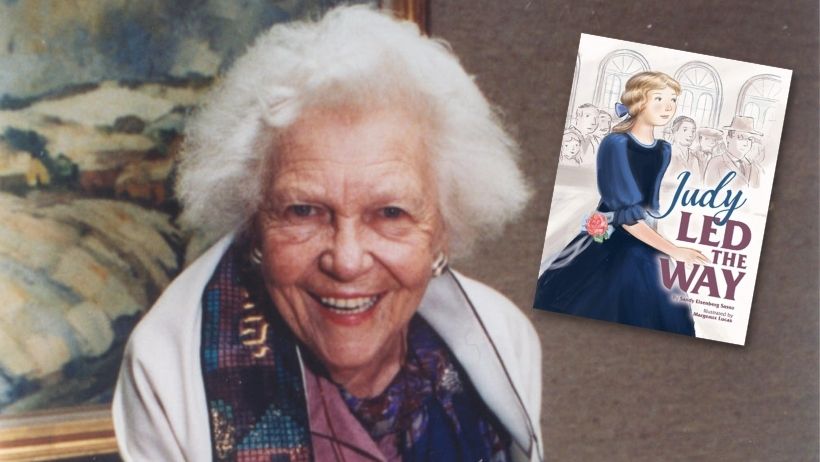On this Shabbat 100 years ago, a young woman named Judith Kaplan celebrated the first public bat mitzvah in an American congregation. It was March 18, 1922. Judith was the daughter of Mordecai Kaplan, the founder of Reconstructionist Judaism, and Judith herself went on to become a talented composer and renowned musicologist.

Marking this anniversary, I can’t help thinking of my bat mitzvah, which, in its own small way, was a break from the norm at my synagogue. I was the first girl in my congregation to lay tefillin, and I fought to lead so many parts of the service that were considered inappropriate for women to lead in Conservative Judaism at that time. Yes, we’ve come a long way, and it’s important to acknowledge where we came from and to whom credit is due.
This week’s Torah portion, Parshat Tzav, begins with a review of the instructions for the priests with regard to various types of sacrifices. The instructions detail things like what the priests will wear, what time of day the sacrifices are to be made, and who should consume them. The text continues with instructions on kosher eating and concludes with a review of how priests are sanctified in their roles as leaders.
Toward the beginning of this week’s reading, we come to the commandments concerning who can eat of specific sacrifices. The Torah is clear in Leviticus chapter 6, verse 11 that only the males of Aaron’s descendants may eat of it because of their status as God’s holy ones. Since the beginning of Jewish law, this simple statement has been the reason women have been prohibited from taking leadership roles in the Jewish community. Why? Many explanations suggest that it was thought that men could understand the laws more clearly. Although when you consider how much of Judaism was guided, taught, and passed down by women and mothers, this argument is fundamentally flawed if not outright misogynistic.
Other explanations lean on women’s supposed lack of purity or focus, and we now know those arguments fail for their own reasons. So without any rational explanation for the practice of excluding women, the Conservative Movement eventually started ordaining women as rabbis. There was no longer a reason not to. (Of course there never was, but they didn’t realize that until later.)
All humans are created in the image of the divine, and characteristics like gender and race don’t decide one’s leadership potential. And we should remember that having women leaders is about much more than proving a certain level of competence to men. It’s about showing other women what’s possible.
Fourteen months ago, when Kamala Harris was sworn in as the first female, BIPOC vice president of the United States, regardless of your political leanings or the color of your state, this moment held immense significance. She was not the first woman to run for this office, but she was the first to take the vice presidential oath of office. Across the nation there were tears of triumph and joy at this further confirmation of what women senators, governors, Supreme Court justices, and presidents of other countries have been proving for decades.
Thank you to Judith Kaplan and women like Regina Jonas, Sally Priesand, and countless others who came before me, so that I could stand before you.



